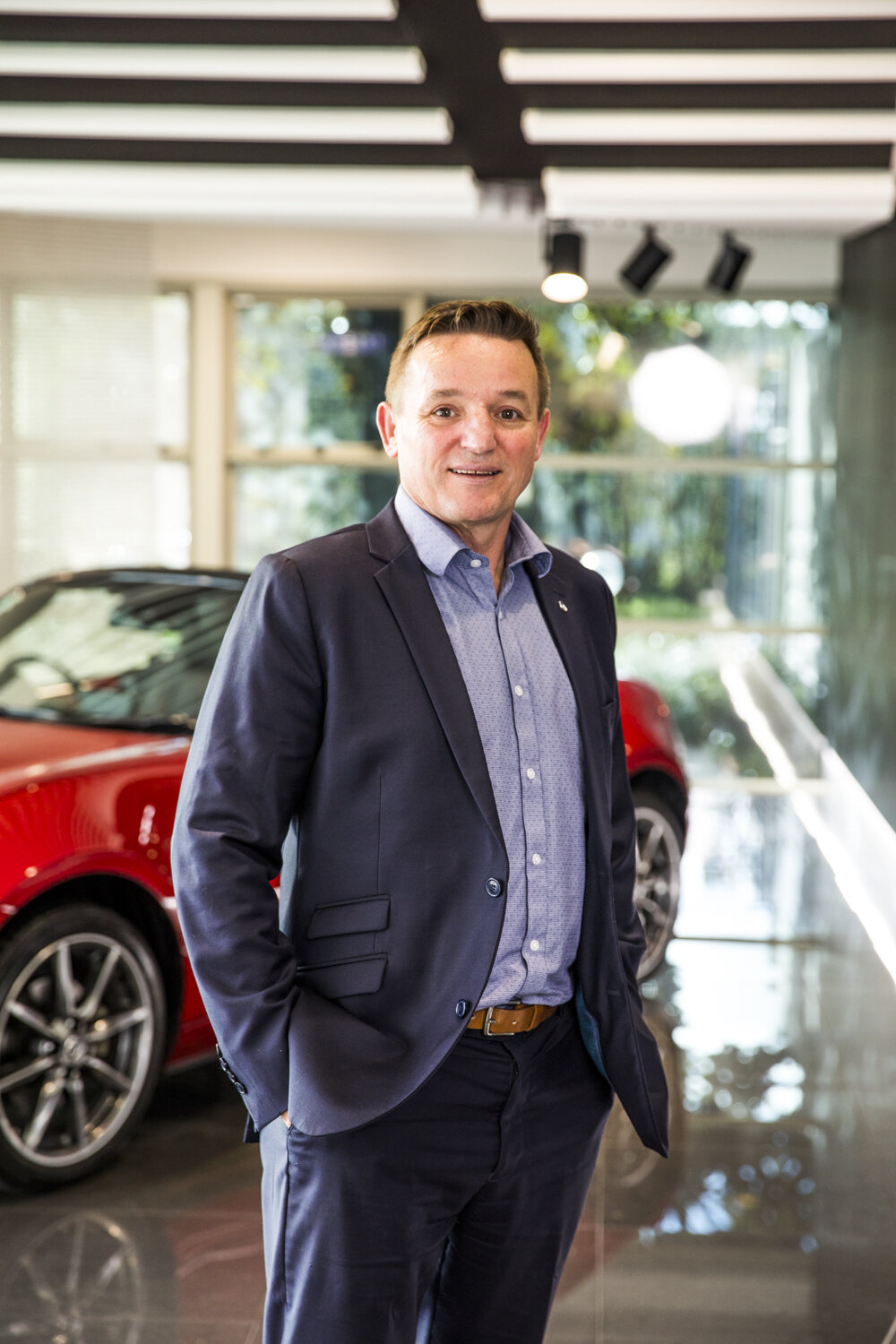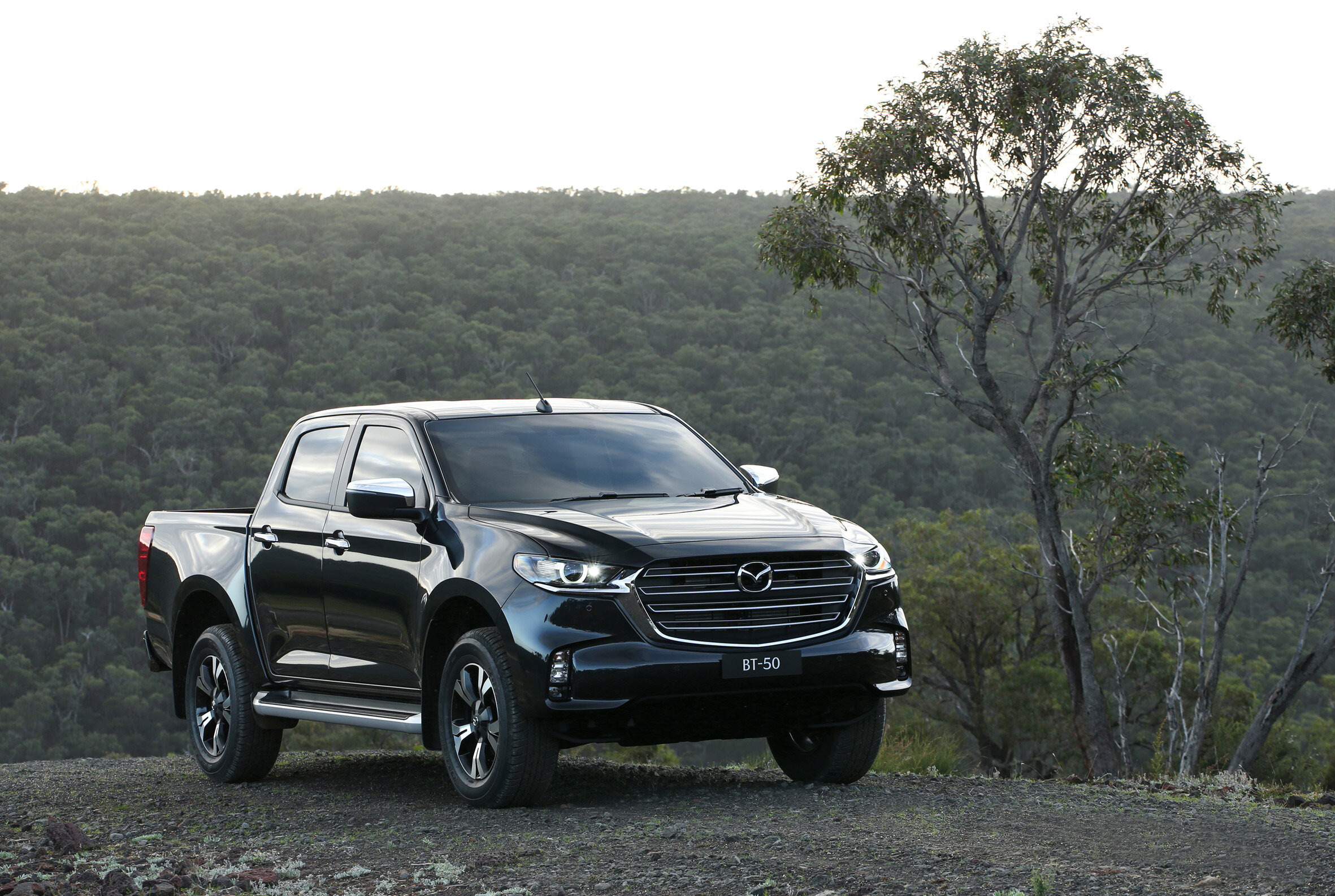Puma electric promised NZ now under review
/The small electric crossover Ford NZ last year signalled as definite starter has fallen victim to radically changed market condition.
Read MoreThe small electric crossover Ford NZ last year signalled as definite starter has fallen victim to radically changed market condition.
Read More
david Hodge: Mazda is in good shape to weather tough conditions.
NEW passenger and commercial vehicle sales in 2020 will likely be down 20 percent over last year, a drop of almost 31,000 registrations.
This assessment is from Mazda New Zealand’s boss, who holds that crunch time is coming.
If David Hodge’s prediction for this degree of calendar year-on-year decline is realised, it will represent the biggest drop since 2009, when new car sales plummeted 28 percent as the local economy tanked amid the global financial crisis.
Last year’s accrual of 154,479 new passenger and light commercial vehicles was already a decline, being 4.3 percent off the 2018 tally.
Regardless that the last three months has seemed rosy for registrations, the market year to date was down 24 percent at the end of August, Hodge notes.
It will remain tough though he also contends his own brand is in good shape, all things considered, to weather what’s ahead.
For one, he says, his make has steered clear of an emerging national stock shortage scenario of concern to the distributors’ representative body, the Motor Industry Association.
In respect to the surge in registrations over the past three months that has hastened the depletion of the national new vehicle stock pile to apparent verge of exhaustion, Hodge reminds that some of this is down to orders from April and May – when the industry was frozen by the national lockdown - coming to fruition.

The BT-50 is Mazda’s next new model here and is considered a crucial vehicle.
He respects the MIA’s reasons for offering a view about the increasingly parlous state of stock availability, and doesn’t absolutely question the accuracy of figures being bandied, but says it isn’t representative of his own brand’s status.
According to the association, new vehicle distributors normally carry up to 100 days’ stock for vehicles and large parts, but this has reduced by around 50 percent, to just over 11,000 units – the lowest in at least eight years and half the tally held in April. The situation for commercial models is said to be worse, that stockpile have quartered to under 5000 vehicles by the end of last month.
“Maybe 100 days is right as an industry average, but it’s not our situation. We have a shorter pipeline (for stock) against, for instance, the European brands.
“We are comfortable with our stock levels. We are lean, yes, but our stock pipeline is full, absolutely chocka.
“We have no problem at all with the number of vehicles coming to us.”
He wondered if Mazda had advantage over many other makes, or at least those unable to source from Japan, where production was virtually back to normal, or as close as it could be with working conditions being adjusted for coronavirus safety measures.
Mazda NZ takes cars from two plants in Japan and the BT-50 is from Thailand.
“Our plants are as close to 100 percent as is possible. The Japanese plants lost a shift the other day because of a typhoon, but other than that they are at full shifts.”

Hodge says Mazda production been relatively unaffected by coronavirus so the supply pipeline is full.
The commercial sector is now of high interest to Mazda NZ, as it plans a November release for the new-generation BT-50, by and large a doppelganger for the Isuzu D-Max that goes on sale on October.
That model comes from the Isuzu plant in Thailand where, Hodge says, the impact of Covid-19 has not been huge. Also, the local workforce was in good readiness.
“They are accustomed to wearing masks, so that wasn’t unnatural for them, and they (Thai people) are not hand-shakers, so there’s another factor that probably makes them safer.
“I think the Thai plant did shut down for a while but that was demand-driven, not health-driven.”
Hodge says the country going into lockdown in April was a stress for the motor industry and enforced that the car business at distributor level was essentially a “big money go round, money in, money out.
The ‘money’ in suddenly curtailed “and it was a hard stop. But the money out kept happening as we still had a pipeline of cars and a commitment to the plant for vehicles we ordered and had to pay for.
“It was an issue of liquidity and we worked hard with local banks here. We had strong backing relationships and that’s what saw us through that initial shock.”
After that, it was a waiting game. “We carried on work from home and though we didn’t sell anything we had a launch (the CX-30) at that time.” It also maintained a parts supply, initially to emergency services but gradually to the general public as shutdown conditions eased.
“Once we got out of Level Three, then to Level Two it was rally business as usual and when we got to One it was ‘yay, everything is back to the way it was.’
“But during April and mos of May the industry basically stopped. It didn’t go in a decline or anything, it was a hard stop. Same for the entire economy.”
The tourism, aviation and hospitality sectors had a “bloody good stomp” and were still quite sore, still, he suggested, “but the rst of the economy basically has largely carried on.”
The apparent rush in new vehicle sales in June, July and August was more perceived that actual, he suggested. The April and May activity also had influence.
“A lot of the sales in June, July and August were people who were going to buy in April and May. That has just helped top up those months.”
MotoringNZ reviews new cars and keeps readers up-to-date with the latest developments on the auto industry. All the major brands are represented. The site is owned and edited by New Zealand motoring journalist Richard Bosselman.